Albert Wajs thus continues to produce the Navitimer, under one of his brands, Aviation, for almost two decades, before relaunching OW in the 1995, following the death of his partner, Joseph Ollech.
True to his Habits, Albert Ways selects the best components and recreates a range of sports of OW watches. First of diving watches, with the M series, equipped with ETA 2824 movements, and a solid steinless-steel case with screw down crown, which further enhances the company's reputation.
Then he launches a range of chronographs, including a mini series based on Valjoux 7733 which enjoys a great success, and which is completed by the superb Mirage equipped by the Valjoux 7750.
Military-style watches are added to the range, which runs until the 2017, before Albert Ways decides to transfer his business. This is taken oven by passionate collector of the Ollech and Ways brand, who meets Albert Ways in 2005 in Zurich.
Quickly became an OW distributor for the French market, he establishes a friendly relationship with Mr. Ways and his Italian wife, during visits his home on Bederstrasse in Zurich.
Interview With Albert Wajs
Mr. Wajs is accompanied by his daughter because his eyesight has been declining for several years. Mr. Wajs appears very confident and relaxed, stands straight with a piercing and malicious look. Despite his advanced age, he is eager to participate in the following interview for three hours, of which this is an extract.
AW: Our adventure begins in 1956 in Zurich, when we decide with my friend Joseph Ollech, to open a new watch store, Ollech & Wajs Zürich, or OWZ. We sold Omega and Breitling brands. A little later our fancy and our obstinacy then push us to produce our own watches by buying the components piece by piece. Then, in 1964, we launched the production of military-grade watches, following the suggestion of a young American soldier. The latter advises us to make a solid watch, waterproof, accurate and reliable that could replace the usual Hamilton watch and become the accessory-companion of US Army soldiers. Initially, we are targeting this production to American GIs, who will prove to be our most frequent customers, starting in 1965.
AW: We bought very solid boxes at "Maison Bouille", which later became "Etienne." We bought dials at the "Brothers Lender of Le Locle", the needles at La Chaux-de-Fonds at "Universo" and finally the Caliber Automatic Chronographs came from the "Maison Dubois Dépraz” who supplied Patek Philippe. We also worked a lot with the Valjoux 72 B movements, which were used in the Rolex Daytona at the time. At first We were doing the assembly ourselves in our workshop in Zurich. We immediately had great success with the American military before, during and even after the Vietnam War. We sold our watches in US battalion shops all over the world.
AW: We produced between 8,000 and 10,000 pieces a year. We also sold OW watches to the French forces, including Air Force pilots.
AW: After the Vietnam War, we saw a significant drop in demand. We adapted and launched other models and bought inventory and tooling of the Breitling brand for the Navitimer pilot watch, the flagship model of the brand. Note from the author: When Breitling was liquidated in 1978, Ollech & Wajs, Sinn and Patek Philippe acquired the tools and stocks.
AW: We were the first to release a diving watch, tested at a depth of 1000 meters with a graduated rotating bezel, which allowed to calculate the decompression time of the divers. Which for the time was a technological performance.
AW: Indeed, American soldiers and even entire regiments ordered hundreds of OW Chronographs very regularly. They have shown their gratitude in many letters over the years. Yes, NASA officials, including Mr. Von Braun actually wore an OW watch.
AW: I was conviced that there was still a market for quality mechanical watches, so I gradually introduced a new range of watches, including the flagship OW Mirage models, which benefit from the Valjoux 7750 and 7733 caliber. My view declining, I finally made the decision to put my business on sale in 2016.

